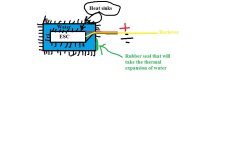beto_pty
1 kW
hi make peace
9mm (edited originally wrote 6mm ) gt2 belts stripped after 2-4 hours ride on my first board (single motor tacon on 6s) suffered specially upon hard breaking more than accelaration... 15mm htd5 lasted 2500 kms+ (got tired of logging after 2250 kms and they died about 2 weeks later) on the velociraptor.... I understand that is not exactly your situation but it sort of illustrates the lifetimes I associate with each
) gt2 belts stripped after 2-4 hours ride on my first board (single motor tacon on 6s) suffered specially upon hard breaking more than accelaration... 15mm htd5 lasted 2500 kms+ (got tired of logging after 2250 kms and they died about 2 weeks later) on the velociraptor.... I understand that is not exactly your situation but it sort of illustrates the lifetimes I associate with each
3mm gt2 is awesome for 3d printers, scanners and large plotters... maybe just maybe for a cnc plasma cutter... definitly not my cup of tea for a reiable e-board system...
9mm (edited originally wrote 6mm
3mm gt2 is awesome for 3d printers, scanners and large plotters... maybe just maybe for a cnc plasma cutter... definitly not my cup of tea for a reiable e-board system...




